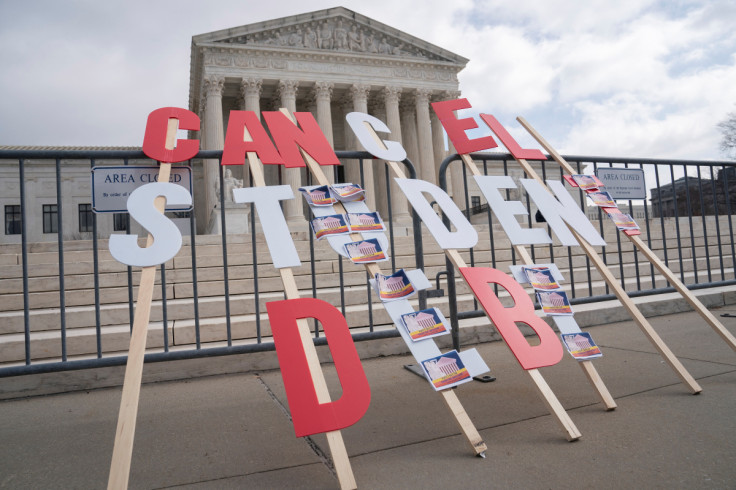Student Loan Borrowers: Take These Key Steps Before The New Administration Takes Over

The federal student loan landscape is bracing for a significant change as the presidential transition is waiting around the corner. At least 40 million borrowers are likely to be impacted by President-elect Donald Trump taking office. Borrowers can expect a tectonic shift in student loan policies, particularly regarding forgiveness programs.
Trump's hardline approach to student loan forgiveness policies could result in the removal or modification of current initiatives like the Saving on a Valuable Education (SAVE) plan. The Biden administration had rolled out strategies aiming to streamline income-driven repayment plans, but its future currently looks bleak as Trump is all set to take office.
"For those worried about SAVE going away, I think it probably will, unfortunately," Betsy Mayotte, president of The Institute of Student Loan Advisors, a nonprofit, told CNBC.
To be ready for any changes in student loan regulations under the Trump administration, here are some expert-suggested steps borrowers can take:
1. Look for alternative relief options:
With the withdrawal of Biden's wide-scale student loan forgiveness plans and the uncertain fate of the SAVE plan, borrowers can turn to the remaining relief options. One such option is the Public Service Loan Forgiveness (PSLF) program, established in 2007.
What is PSLF?
Public Service Loan Forgiveness (PSLF) offers forgiveness to borrowers working in public service. Signed into law in 2007 by then-President George W. Bush, the PSLF program entitles eligible government not-for-profit employees to have their federal student loans forgiven after 10 years of qualifying payments.
To qualify:
- Be employed by a qualifying employer (government, non-profit)
- Work full-time
- Have Direct Loans or consolidate federal loans
- Repay under an Income-Driven Repayment plan or Standard 10-year plan
- Make 120 qualifying payments
As the rollback of some SAVE facilities is likely, the U.S. Department of Education has opened the Pay As You Earn Repayment Plan and the Income-Contingent Repayment Plan for student loan repayment. The income-driven plans absolve debt by modifying monthly repayments according to family size and income after a premeditated amount of time.
Under the Trump administration, borrowers who are struggling financially can look into several deferments and forbearances. You can ask your loan servicer for an unemployment deferment if you're unemployed. This enables you to put your loan payments on hold for a while.
You may also qualify for an economic hardship deferral if you're facing further financial difficulties. Usually, you must be receiving specific forms of state or federal assistance to be eligible.
2. Verify your loan records to ensure accuracy:
Make sure your loan records are current so you can benefit fully from the enhanced student loan reduction programs under the Biden administration. For borrowers seeking loan forgiveness through Public Service Loan Forgiveness (PSLF) or income-driven repayment arrangements, this is particularly crucial.¹
Here are important actions to take:
Verify Loan Details: Verify the accuracy of all the information by checking your loan status.
Keep Up with Correspondence: Examine correspondence from your loan servicer regularly.
Qualifying Payments: Inquire with your servicer about the quantity of qualifying payments made to erase your debt if you are seeking loan forgiveness.
You can efficiently navigate the changes in student loan policies and take advantage of the available relief options by following these steps.
3. Try the Income Share Agreements (ISAs):
Furthermore, one can also avail of the more adaptable and fair funding strategy provided by Income Share Agreements (ISAs). By capping repayment amounts at a percentage of their future income, ISAs enable students to pursue higher education or other options. This implies that students might not be required to pay back the entire amount if the credential doesn't produce the anticipated benefits.
© Copyright IBTimes 2024. All rights reserved.






















